Sound Healing for Neurodivergent Individuals
Neurodivergence refers to natural variations in brain function that include autism, ADHD, dyslexia, and other cognitive differences. These unique neurological patterns shape how individuals perceive, process, and interact with the world. While neurodivergence comes with incredible strengths—such as creativity, deep focus, and out-of-the-box thinking—it can also bring challenges related to sensory processing, emotional regulation, and overstimulation.
Sound healing therapy offers a gentle, non-invasive approach to supporting neurodivergent individuals by working with vibrational frequencies to promote relaxation, focus, and emotional balance. Using a combination of rhythms, melodies, and harmonic vibrations, sound therapy fosters a sense of connection between the body and mind, helping individuals find calm, clarity, and self-awareness.
How Sound Healing Supports Neurodivergent Individuals
Neurodivergent individuals often have unique sensory and emotional needs. Sound healing—which includes techniques such as binaural beats and Solfeggio frequencies—can effectively address these needs. The benefits of sound therapy for neurodivergent individuals include:
1. Regulating the Nervous System
Many neurodivergent individuals experience sensory sensitivities or nervous system dysregulation. The soothing tones of instruments like singing bowls, gongs, and tuning forks can activate the parasympathetic nervous system, shifting the body from a state of fight-or-flight to deep relaxation. This can help reduce anxiety, promote a sense of safety, and provide relief from sensory overload.
2. Supporting Emotional Regulation
Emotional dysregulation can be a challenge for many neurodivergent individuals. Sound vibrations help release stored tension and emotions, creating a safe space for self-expression and healing. Deep, resonant tones—such as those from a gong or a low-frequency tuning fork—can help ground emotions, while high-frequency sounds can elevate mood and energy levels.
3. Reducing Sensory Overload
Sensory overload occurs when the brain struggles to process an overwhelming amount of stimuli. Certain sound frequencies, particularly those found in Solfeggio scales (e.g., 528 Hz for transformation and healing), can provide a stabilizing effect. The consistent, flowing nature of sound healing can act as an auditory "reset," helping to bring the nervous system back into balance.
4. Improving Sleep Quality
Many neurodivergent individuals experience sleep difficulties, such as insomnia or restless sleep patterns. Sound healing with delta wave frequencies (associated with deep sleep) can promote restful sleep by slowing brain activity and encouraging relaxation. A bedtime sound healing routine, such as playing soft chimes or listening to binaural beats, can create a soothing transition into sleep.
5. Encouraging Creativity and Self-Expression
Sound therapy fosters creativity by engaging the brain in a non-linear, intuitive way. For neurodivergent individuals who may struggle with traditional forms of self-expression, music and sound provide an alternative medium for communication and emotional release. Simply immersing oneself in sound is a practice that supports artistic exploration and self-discovery.
Sound Healing Techniques for Neurodivergent Individuals
Various sound healing techniques can be tailored to support neurodivergent children and adults:
Singing Bowls & Gongs: Produce deep, resonant frequencies that help regulate emotions and encourage mindfulness.
Tuning Fork Therapy: Uses precise vibrations to balance energy centers and improve focus.
Binaural Beats: Help synchronize brainwave activity for relaxation or concentration.
Drumming Therapy: Provides rhythmic grounding, aiding in emotional expression and sensory processing.
Sound healing is a powerful and accessible tool for neurodivergent individuals seeking calm, focus, and self-regulation. By working with vibrational frequencies, sound therapy offers a nurturing, non-verbal pathway to well-being, allowing individuals to feel more connected, empowered, and at peace in their unique neurodivergent experience.
